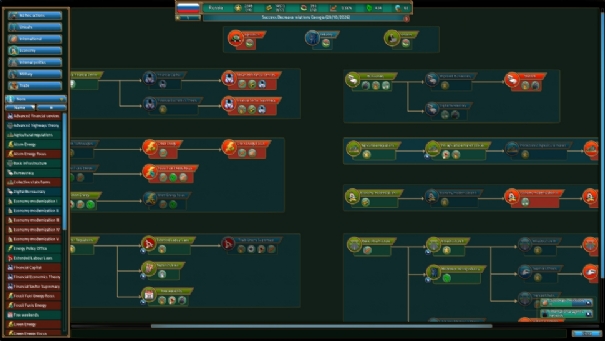Homefront: The Revolution is a project that was born and developed in an uneven way. The history of this title has gone through several complicated phases until Dambuster Studios, formed by members of Crytek UK who in turn came from Free Radical, creators of the Timesplitters saga, has managed to publish the game. The final result, far from what we saw one day of these
British developers and even below what we presented the arguable first part of KAOS and THQ in the last generation of consoles. The revolution of the
first-person shooters has not arrived, or at least not in the hands of the title published by Deep Silver and that is on sale this week for PC, Xbox One and Playstation 4.
Free Radical was renowned a couple of generations ago. The studio was formed with part of the team that had managed to create a game like Goldeneye, a pioneer in adapting to the consoles the FPS genre and with the added merit that in Nintendo 64 the second analog stick did not exist yet. After a hesitant start with the first Timesplitters, the second installment they
published was acclaimed by the press and much loved by the public that enjoyed it. The third part, something more conservative in mechanics and evolution,
also ended in a very high place of recognition. But the later odyssey of the study, which was expected by a Timesplitters 4 that finally never came, has been making a dent. Becoming Crytek UK first,
During this journey the sequel to Homefront has also evolved, from a linear concept like the first part to a more open cut shooter under the umbrella of
Crytek. But the final result does not convince. Many open fronts, a poorly finished work and the feeling that a great opportunity has been wasted. Although the company, in the credits, assert that despite all the problems, this is only the beginning. At least we know that almost certainly, what has to come will go more.
The world on the warpath
The game that brings Koch Media to our country invites us to visit a future not too distant (in about fifteen years) in which North Korea has taken over the world power. For the Asian country has been as simple as selling weapons and logistics to places around
the world that with a single button deactivated, leaving unguarded of all military defense to the territories and taking advantage of the situation to control places like the United States. The yoke of an evil dictatorship tighten in Philadelphia, starting point of the game. But the revolution is latent among the citizens.
This is where our adventure begins by controlling Bradley, a revolutionary who delves into the fight against the regime. Our first steps will be intimately linked with Bradley, the leader that the rebels need to convince the population and be guided until the final victory. But the arrival of Walker is broken and the problems with us begin as the main solution.
Naturally, the path of the game is expanding not only with the will to survive but to end this situation that has plunged into misery a United States that, as is usual in the latest video games we see, has fallen and is on a stage almost post-apocalyptic.
The argument will end up relegated to the background, more by problems of narrative and development of the adventure than by lack of dialogue or
video scenes (with the engine of the game). We are hardly known among the revolution but we become authentic heroes, dealing with the most difficult missions, knowing characters that arrive, pass, die, others that respond to clichés and clichés without any
dissimulation and with an advance of the plot with hardly any more surprises beyond doing everything they tell us and seeing how events often develop in a forced way.


